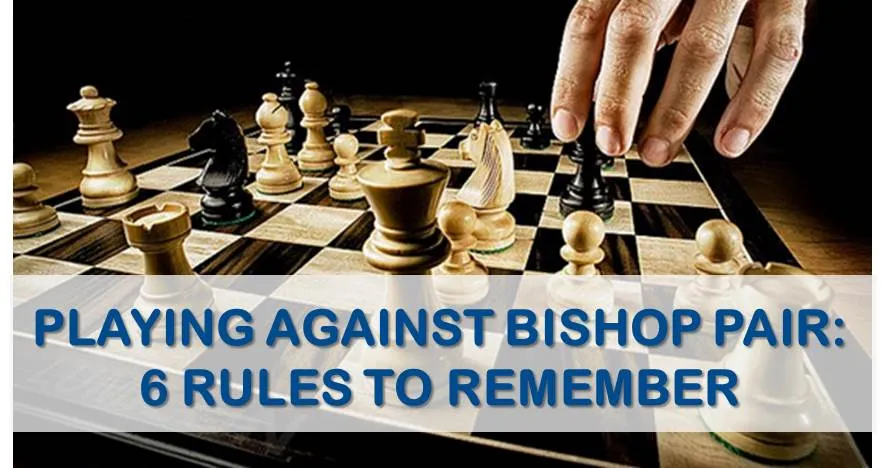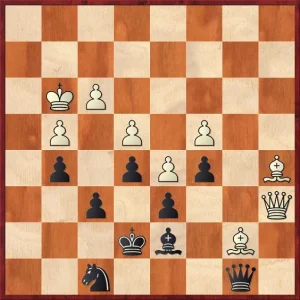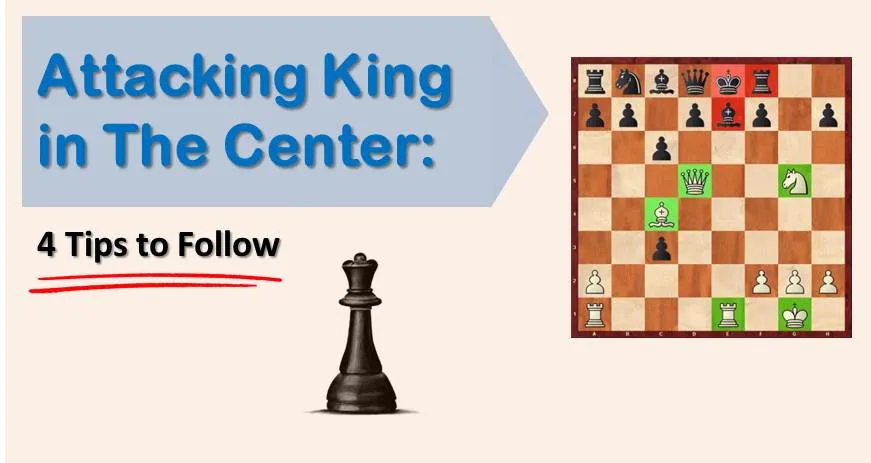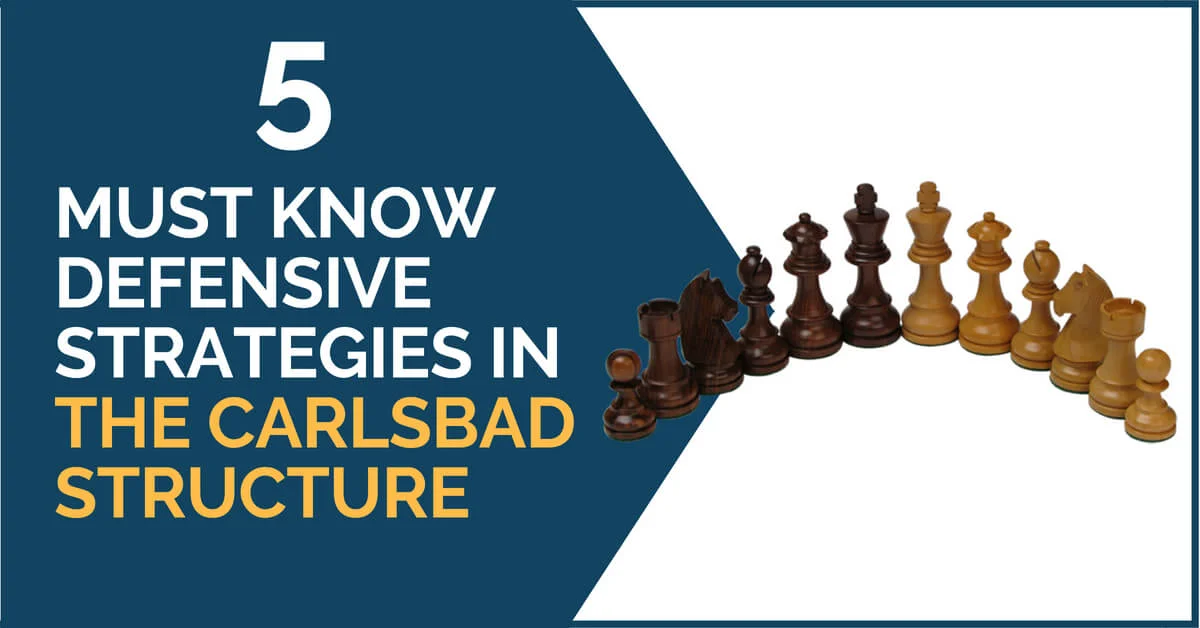Playing Against The Bishop Pair: 6 Rules to Remember

A while ago we have presented you with the advantages of having the bishop pair and how to play with it in order to convert this small positional advantage into a winning one.
However, life as a chess player is not always so easy and we might end up playing against the bishop pair.
Does that mean our position is technically lost?
By no means.
Two bishops are strong, but there are ways to fight against them and try to annihilate their action.
Remember:
- Bishops are strong in open positions.
- If the position is semi-open, the bishops are better only if the knight doesn’t have any outposts or active squares.
- The advantage of the bishop pair is given by their cooperation. The two bishops can control both light and dark squares, complementing each other.
Bearing this in mind, the defensive ideas against the bishop pair should already start shaping. Basically, what you have to do is limit their activity and turn them into a disadvantage for your opponent.
That means you should:
- Try to keep the game as closed as possible.
- Create outposts for your knight and turn it into a strong, uncomfortable piece for your opponent.
- Try to trade off one of the bishops. Pay attention though at the resulting position; you should only use this idea if the exchange favors you.
- Modify the pawn structure; strive for blocking the pawns.
These are the main ideas that you should follow when playing against the two bishops. In order to understand better how this can be done, we will now have a look at some examples in which the side with the bishop pair is neutralized by the opponent’s minor pieces.

For the first example, we have chosen a position in which two knights are better than the bishops thanks to the blocked nature of the game. The diagram position is fairly easy to evaluate; black has good outposts in the center for both his knights and the two bishops cannot create any threats. What black needs to do now is use the outposts he created and improve the position of his knights.
The bishops will slowly become inactive.
***

The position in the diagram above is about equal. Here, black decided to give his bishop for the knight and enter an endgame in which his knights are equally strong as the two bishops. White, probably overestimating the power of his bishops, made a couple of mistakes that in the end lead to defeat.
***

The position of our next example belongs to a game between Grandmasters Viktor Korchnoi (with the white pieces) and Ulf Andersson. White is in control of the position, but there is not much progress to be made. With a symmetrical and blocked pawn structure, the two bishops are no better than black’s knight and bishop.
However, white can keep control by simply keeping the queens on the board. Korchnoi went on to play 49.Qa8, which is a mistake, and found himself in a lost position a move later.
***

For the last example, we chose a game played between two chess legends, Samuel Reshevsky, with the white pieces, against Walter Browne. It is very instructive here to see black’s play against the two bishops, the way he secured the outpost for his knight and then went on to modify the pawn structure in order to obtain an equal position.
Once again white’s overestimation of the two bishops caused him defeat when he should have settled for a draw.
To Sum Up…
In conclusion, even if the bishop pair usually represents a great advantage, there is always a way to fight back. In this case, the key is keeping a closed position and make the bishops bad.










Comments: